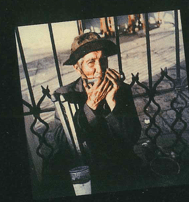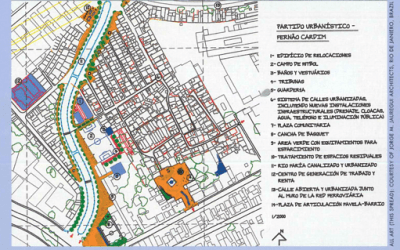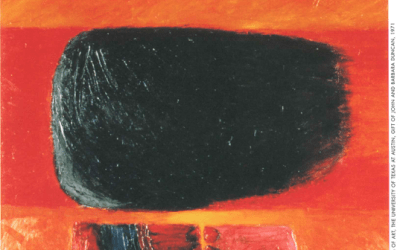From the Cisneros Collection
An Overview

Lygia Pape sem titulo. Serie “Tecerales” 1959.
In the middle decades of the last century, geometric abstraction achieved truly international stature. From The Netherlands, Switzerland, France, and the United States to Brazil, Argentina, Uruguay, and Venezuela, painters and sculptors were drawn to a similar vocabulary of forms: lines, squares, triangles, and circles painted in pure primary or secondary colors or sculpted in steel or aluminum.
Latin American artists traveled to Paris or New York, while European artists traveled from Germany and Switzerland to Latin America. Although abstraction was the common currency, it was inflected with local character indicative of the degree to which the local culture, be it of Amsterdam or Buenos Aires, had embraced modernism in all its artistic, social, political, and economic aspects.
The Patricia Phelps de Cisneros Collection of Caracas, Venezuela, comprises one of the world’s most important collections of Latin American geometric art, with works of the highest quality by the most influential artists of the various movements from Brazil to Venezuela. It is thus with great excitement that the Fogg Art Museum of the Harvard University Art Museums has organized and now presents this exhibition from the Cisneros Collection.
Harvard shares a history, however indirect, with the geometric abstraction movement. Bauhaus architect Walter Gropius came in 1937 to teach in and serve as chair of the University’s architecture department. He had long embraced and contributed to the advancement of abstraction in architecture and design. His work, together with that of other Bauhaus artists, is well represented in Harvard’s Busch-Reisinger Museum, and thus provides a context for consideration of the works in the Cisneros Collection. The Busch-Reisinger is also home to a collection of abstract works by artists who were especially influential in the development of geometric abstract art in Latin America, , including the Hungarian L¡szlo Moholy-Nagy, the Russian El Lissitzky, the Swiss Max Bill, and the Dutch Piet Mondrian.
The Fogg Museum, on the other hand, has important abstract paintings and sculptures by the Americans David Smith, Jackson Pollock, Mark Rothko, Franz Kline, Morris Louis, Kenneth Noland, and Ellsworth Kelly. These either advance geometric abstraction or counter it, with soft edges or-in the case of Pollock-with an intense linearity.
For all of these reasons, and because we have a concentration of renowned scholars of geometric abstraction in the Fogg’s associate curator of modern art, Harry Cooper, the Busch-Reisinger’s curator, Peter Nisbet, and Harvard’s Joseph Pulitzer, Jr., Professor of Modern Art, Yve-Alain Bois, we jumped at the chance to work with our colleagues from the Patricia Phelps de Cisneros Collection to present the current exhibition. Patricia Phelps de Cisneros, who along with her husband Gustavo serves on the DRCLAS advisory committee, has had the vision to build a collection of Latin American geometric abstract art and to advance an international appreciation of the tradition it represents. Over the years she has dedicated her resources and energies to sharing her collection with museums and to provoking universities to include modern Latin American art in their curricula.
The exhibition, highlighted by a two-day symposium on 20th-century abstract painting in Latin America, is bringing a new perspective on Latin American art to Harvard and museum visitors.
Winter/Spring 2001
James Cuno is a Harvard University Professor of History of Art and Architecture and the Elizabeth and John Moors Cabot Director of the Harvard Art Museums.
Related Articles
Guatemala Diary
In a deeply personal way, I feel like I am home again. Of all the places I have visited, Guatemala is the country I love and feel closest to. Certainly the most impressive aspect is the persevering Mayan people, who endured a 30-year civil war…
From Favela to Bairro
The Brazilian firm of Jorge Mario J¡uregui Architects is the first Latin American recipient of the Harvard Graduate School of Design’s Veronica Rudge Green Award in Urban Design. The award…
Exploring New Horizons in Latin American Contemporary Art
When I first traveled to Peru by boat with my family fifty years ago, the country seemed as far away from Argentina as Boston from Buenos Aires. My husband had been sent there by W.R…




